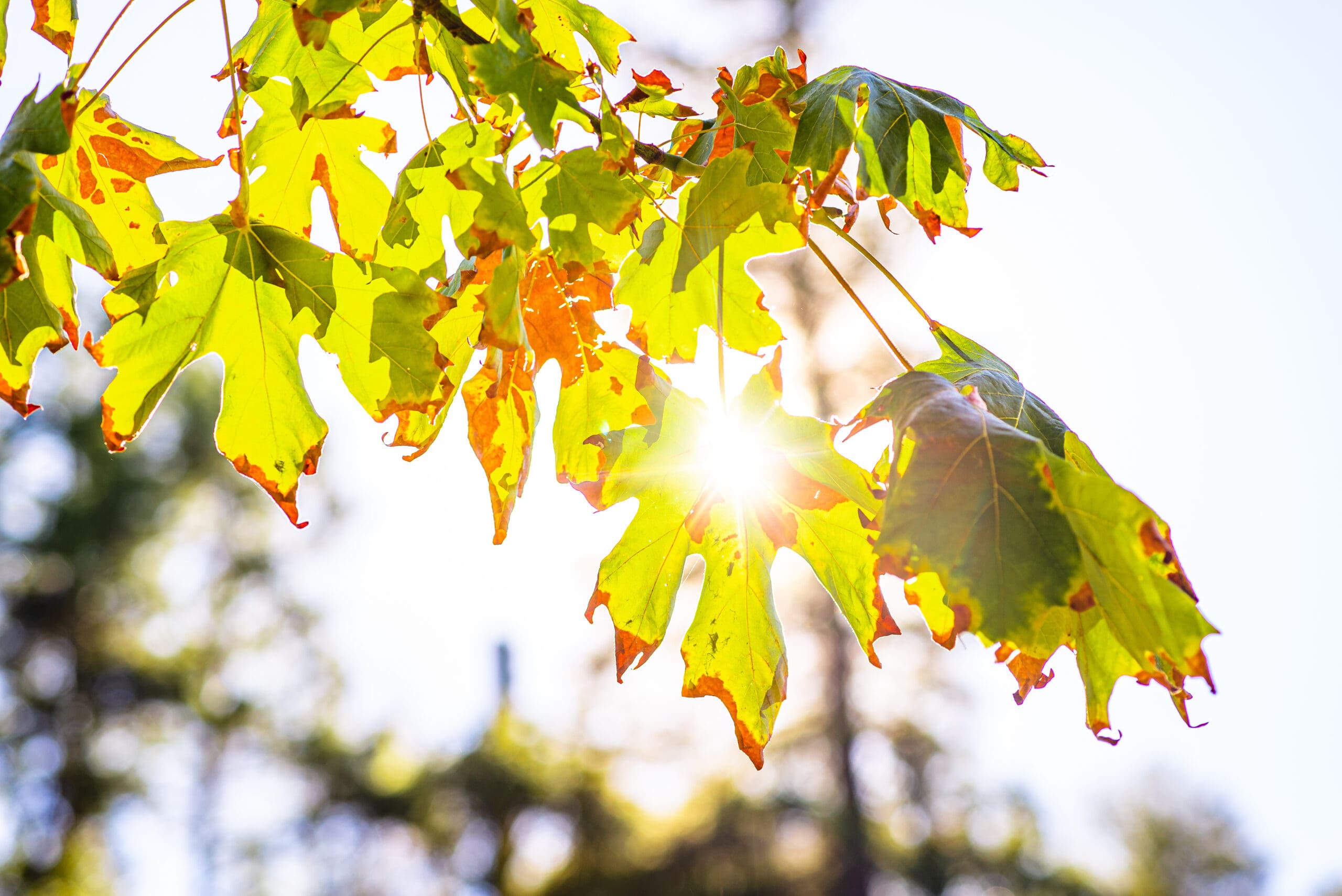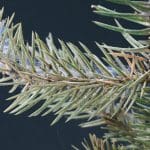
If a customer’s tree is struggling, often the root cause can literally be found in the roots.
Numerous issues can impact a tree’s roots, but below are some of the common ailments and how to identify which one is causing the problem. If your company doesn’t have an in-house arborist, it’s always recommended to seek their professional opinion before taking action.
Improperly Planted
Some trees can suffer because they were never set up for success when they were originally planted. This is when the tree has either been planted too shallowly or deeply, but planting trees too deep is the more common issue.
If the root flare is covered with soil, the tree is planted too deeply, and the roots will be unable to receive enough oxygen. These types of trees can grow slowly for years before failing.
The best solution for trees planted too deeply is to dig them up and re-plant them, if they are not too large. For larger trees, if the planting depth is off by a few inches, you can remove soil and expose the topmost roots.
Compacted Soil
If your clients are in an urban or suburban region, soil compaction is a common issue for properties. Compacted soils result in a lack of air and water flow, which causes poor growth, branch dieback and susceptibility to pest problems.
If the soil is so hard a shovel or screwdriver can’t pierce it, you’re dealing with compacted soil. Aeration, vertical mulching and tools like an AirSpade can loosen the soil allowing new roots to grow in this soil. Protect the root zone from future compaction by reducing foot and vehicular traffic over the area.
Physical Damage
Construction activities like digging or trenching or natural disasters can result in tree roots becoming physically damaged. Fifty percent of the root system is in the top one foot of soil and over 90% of the root system is in the top three feet, making it vulnerable to damage.
Wilted or scorched leaves, drooping branches, massive branch dieback, suckering on the main stem or flowering out of season can all be indicators of a tree experiencing extreme stress. The good news is that if the damage is not extensive, the tree can recover. However, if 40% of the root system is lost, it is safer to remove the tree as it will probably die.
Prevention is the best practice when it comes to dealing with physical damage to roots. When underground utilities must be installed close to a tree, tunneling or auguring under the root system can avoid causing damage altogether.
Root Girdling
Root girdling can occur when roots wrap themselves around the base of the tree, cutting off the flow of water and nutrients. This will result in structural instability, reduced growth and susceptibility to diseases and pests
A tree trunk that is being girdled by a large root will appear flattened or depressed at the trunk base. Trees with girdling roots tend to decline over a five to 10 year period. American beech, pines, oaks, poplars, and elms are some of the most susceptible species to develop girdling roots, but they can occur in most trees.
If you find a client has an established tree with root girdling, pruning the roots is an option but it also reduces the tree’s ability to uptake water and nutrients. Certified arborists can determine if girdling roots should be pruned or if the entire tree should be removed.
Nutrient Deficiencies
Trees can develop nutrient deficiencies in poor-quality soils, soil that is too acidic or alkaline, or if there is imbalanced fertilization. Soil tests can determine if there is an overabundance or lack of a specific nutrient as well as the soil pH.
Trees lacking nitrogen will show signs of uniform chlorosis and premature leaf drop. An iron deficiency causes leaf veins to remain dark while the surrounding tissue turns light green to yellow and is not uniform throughout the tree. Iron deficiencies can occur when the soil pH is high.
Only after conducting a soil test can you develop a plan on what amendments and quantities should be added to the soil.
Drought Stress
Trees experiencing drought stress will have light green to yellow leaves, leave scorch on the margins, wilting leaves and will drop them prematurely. These weakened trees are also more susceptible to pests and diseases. The longer the drought, the more a tree’s roots will die off.
During a drought, trees should be watered appropriately depending on their species. Also, add mulch to help the tree conserve moisture. Avoid pruning or adding fertilizer during a drought as this can add additional stress to a tree.
Waterlogged Roots
An overwatered tree has leaves that are green, break easily and new growth withers before becoming fully grown or turns light green or yellow. The area around an overwatered tree is constantly wet. Roots that are overwatered do not receive enough oxygen to function causing tree leaves to wilt, die and fall off. Waterlogged roots can also suffer from root rot where they become soft and decay.
Trees that are overwatered can recover if the symptoms are recognized early enough. Pause watering for a week or two until the soil has had a chance to dry out. Only water the tree when it needs it.



